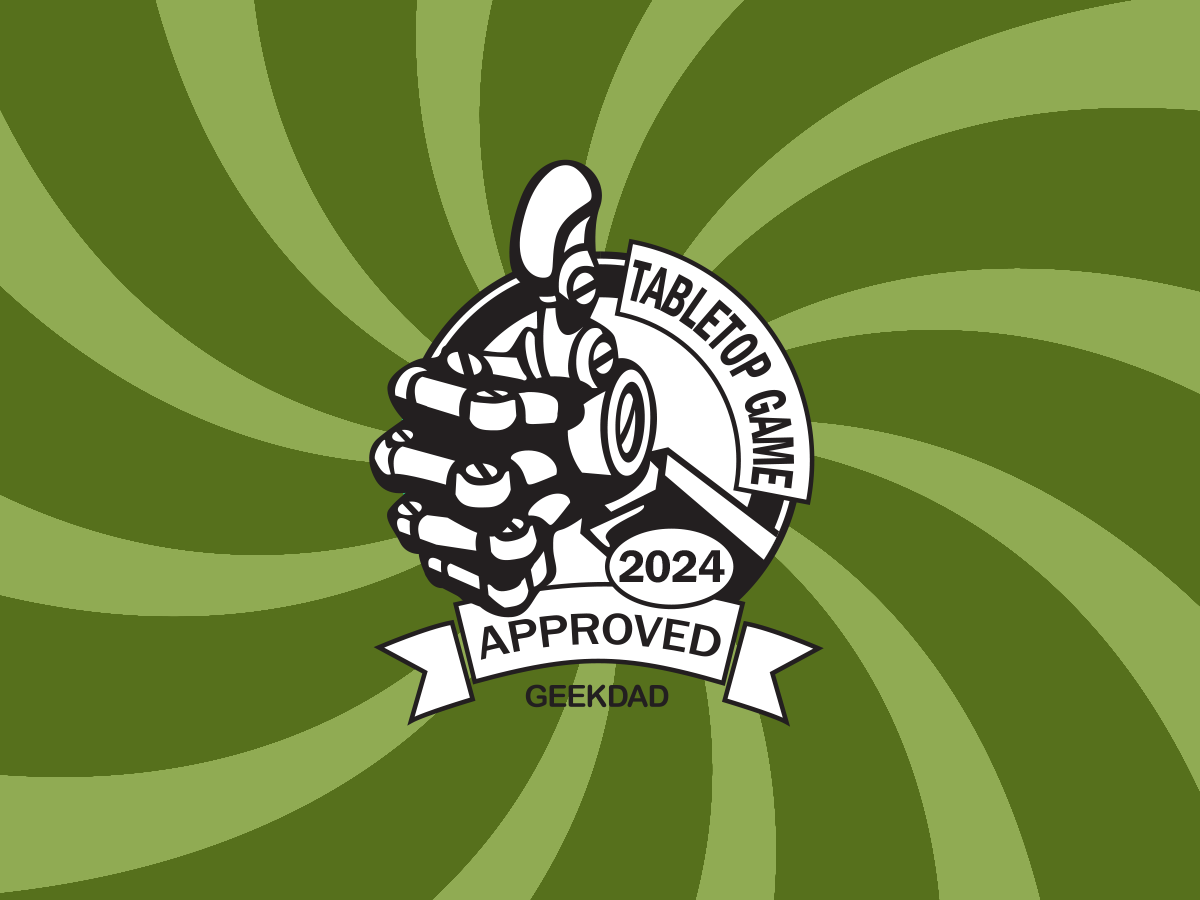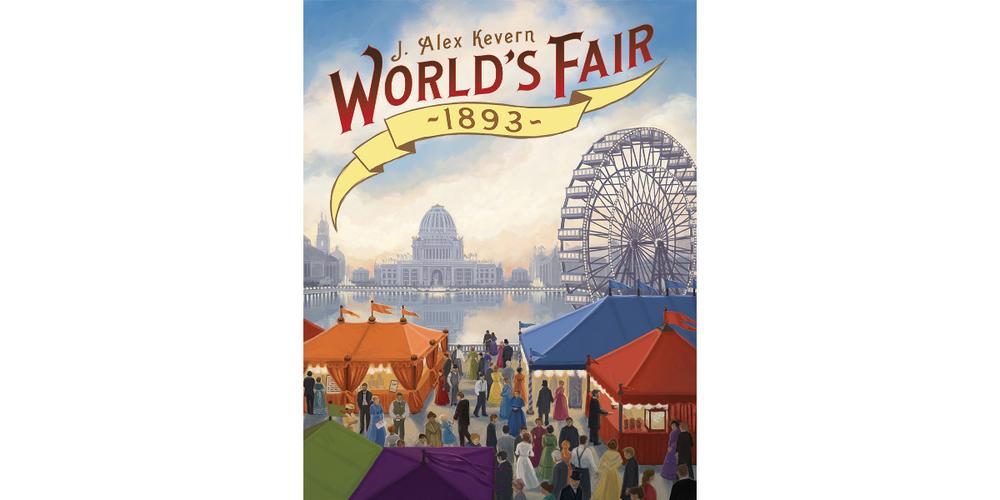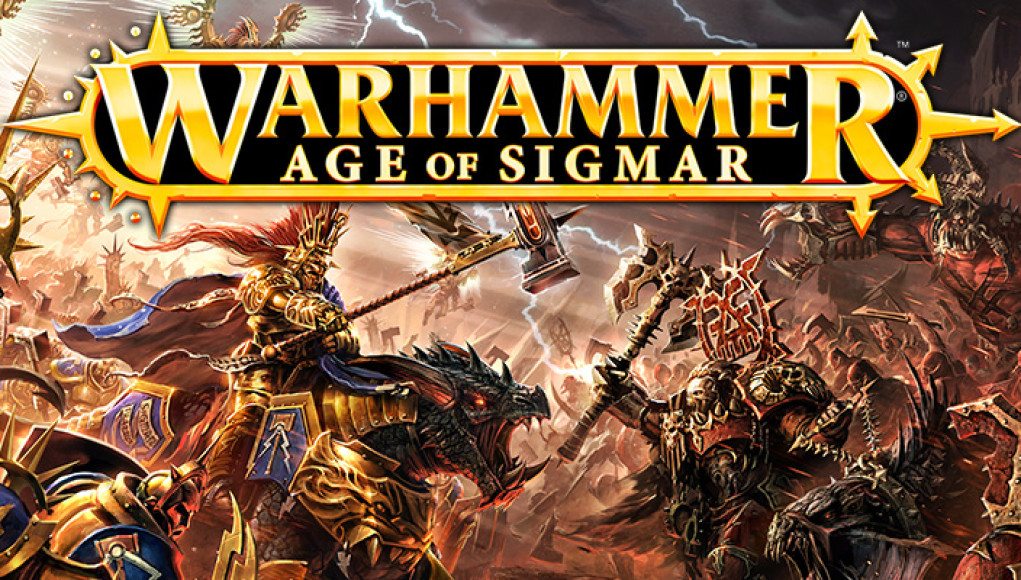It’s the Hollow Harvest! Work alongside your fellow gnomes to cultivate mushrooms and collect wildflowers, so that you can maintain the enchantment that conceals your village for another year.
What Is Gnome Hollow?
Gnome Hollow is a tile and worker placement game for 2-4 players, ages 12 and up, and takes about 45-60 minutes to play. It retails for $49.99 and can be purchased directly from The Op or from your local game store.
Gnome Hollow was designed by Ammon Aderson and published by The Op Games, with illustrations by Ammon Anderson and Patrick Spaziante.

Gnome Hollow Components
Here’s what you will find in the box:
- Stump tile
- 92 Garden tiles
- Sunset tile
- 8 Wildflower tiles
- 32 Flower tokens
- 8 Gnomes
- 7 Signposts
- 57 Treasure tokens
- 110 Mushroom tokens
- 4 double-sided Player boards
- 32 Ring markers
- 21 Pinwheel Market tokens
- Pinwheel Market board
- Garden tile board
- 4 Player Aid cards
- Mushroom Trade board
- Drawstring bag
- First-player Red Cap token

The Gnome Stump is the central tile, which you will use as the starting point for the tile placement of the game. Here are a few of the many tiles you will draw and place throughout the game:

The mushroom symbols on the tiles represent the Mushrooms that you will harvest when you complete and claim a closed path (more on that in the gameplay section!).

Mushrooms can be sold at the Pinwheel Market, which can be visited during the worker placement phase of a player’s turn.

When selling mushrooms, players earn a certain value of Treasure tokens, depending on what type of mushroom they sell, and how many. You can never sell less than two of any variety of Mushroom.

Each player gets a double-sided Player board. One side represents the standard game, while the other is for a more challenging variant. The boards have a little bit of extra heft in them as there’s a metal sheet in the interior. The ring markers are magnetic, and will stick to the player boards. It’s a great solution to the impracticality of making both sides of the Player board dual-layered to hold the markers in place.

The notches at the top of the Player boards are to hold Flower tokens, which you can collect throughout the game both by completing Mushroom rings and by taking worker placement actions.

Each player also receives two wooden Gnomes in colors matching their player boards. A whole page out of the rulebook is devoted to descriptions of each pair of Gnomes.

Each player also receives a very helpful double-sided Player Aid. These are printed on the same cardboard as the tokens.

How to Play Gnome Hollow
You can download a copy of the rulebook here.
The Goal
The goal of the game is to score the most points. This is done by creating Mushroom rings, collecting unique Flower tokens, and selling sets of Mushrooms to acquire Treasure.

Setup
Place the Stump tile in the center of the table. Off to the side, place the Pinwheel Market board with the Pinwheel Market tokens stacked beside their corresponding mushrooms. In a 2-player game, return 1 token of each color except purple to the box.
Put the Garden Tile board within reach of all players. Place the 92 Garden tiles into the drawstring bag, then randomly draw out 8 and place them onto the open spaces of the Garden Tile board. Randomly draw 2 more tiles per player, putting them unseen in a stack under the Sunset tile. Place the Signposts near the Garden Tile board.

Create supplies of Treasure tokens and Mushroom tokens.
Collect a number of each color of Flower token equal to the number of players, then stack these on top of its matching Wildflower tile. Place these near the Market board. For a 2-player game, randomly return 2 of the Wildflower tiles to the box, placing the Flower tokens in the Flower Market spaces on the Pinwheel Market board.

Each player chooses a player color and takes the matching Player board, Gnomes, and 8 Ring Markers, as well as a Player Aid card. Place the 8 Ring Markers onto the spaces below the score track on the Player Board. Finally, the Red Cap first-player token goes to either the most recent winner of Gnome Hollow, or to the person that taught the game.

Gameplay
Beginning with the player with the Red Cap token, players take turns in clockwise order until one of the Game End conditions is met.
Each turn consists of three steps: Place Tiles, Resolve, and Move a Gnome.
Place Tiles
Choose 2 Garden Tiles from the 8 available on the Garden Tile board and place them in the Garden (the play area). Then draw 2 new tiles from the bag to refill the Garden Tile board. Tile placement follows the following rules:
- Placed tiles must be adjacent to the Stump or to another tile in the Garden.
- White Mushroom paths on Garden tiles must connect to other paths, and green grass edges must line up to green grass edges.
- If your tile placement extends a ring claimed by another player’s Gnome, you must obtain that player’s permission to place the tile.
You may also place up to 2 additional tiles from storage during this step.
After placing 2 tiles, if a Mushroom ring is formed, you will immediately:
- Collect all Mushroom shown on a ring if you have a Gnome claiming the ring. If the ring is unclaimed, place the Mushroom tokens into the center of the ring instead.
- Move the leftmost Ring Marker on your Player Board to the column that matches the number of tiles making up your ring (the Stump tile counts as a tile for determining this).

Resolve
You will now take any bonuses from moving the Ring Marker. Here are the different bonuses you might take, depending on the symbol shown on the space where you moved the Ring Marker:
- Add a Signpost to the ring that you have just completed, immediately receiving its bonus action, or choose any Signpost already in the Garden and take its bonus action.
- Select one of the available Garden tiles on the Garden tile and store it for a future turn. You may only ever have 2 stored tiles.
- Take an available Flower token that you don’t already have from the top of the Pinwheel Market board and place it in the leftmost open space on the top of your Player Board.
- Harvest additional Mushrooms from the ring you just competed.
- Move one additional Ring Marker on your Player board.

When you create your second, fourth, and sixth ring, you will also receive a Wildflower tile. Place one of the Flower tokens on that tile into your Flower collection at the top of your player board, then stack the remaining tokens into an available space at the top of the Pinwheel Market board. Place the tile into your storage.
The Wildflower tile is wild, and may border any tile regardless of edges. You may also only ever have one Wildflower tile in your storage.

Move a Gnome
This last step is optional. Actions only occur when you move one of your 2 Gnomes to a new location.
- Claim a Mushroom path. Move the Gnome onto an unclaimed path. You may either claim an uncompleted path, or an unclaimed ring (taking the Mushroom tokens at the center).
- Visit the Flower Market. Move the Gnome onto the Pinwheel Market board, and take a Flower token that you don’t already have, moving it to your Flower Collection.
- Visit a Signpost in the Garden. Place the Gnome in the center of a completed ring with a Signpost, and take the bonus action from the Signpost.
- Visit the Pinwheel Market. You may sell up to 2 sets of Mushrooms of different types. Receive the amount of Treasure shown for the amount of Mushrooms sold, then move a matching Pinwheel Market token onto that space. That space is no longer available to players.
Game End
The game end condition is triggered when any one of these happens:
- A player gathers their 8th unique Flower token.
- A player moves their 8th Ring Marker.
- The bag runs out of tiles.
When one of those occurs, place the Garden tiles sitting below the Sunset tile into the bag, and then finish the current round. Each player then gets 1 additional final Gnome action, taken in turn order.
Points are then totaled from these 3 scores:
- Flower score. The point value shown below the rightmost Flower token on your Player board.
- Ring Score. The point value shown above the rightmost empty Ring Marker space on your Player board.
- Treasure score. The total value of Treasures accumulated from selling Mushrooms.
The Gnome with the most points wins. Ties are broken by most unsold Mushrooms.
Game Variants
In addition to the option of using the more challenging reverse side of the Player boards, there is also an optional Mushroom Trade board included. To use the board, every time a Gnome visits a Signpost, they may also make one of the two trades shown under the Signpost on the board.

Gnome Hollow is GeekDad Approved!
Why You Should Play Gnome Hollow
Gnome Hollow is definitely a cozy board game. Even though it’s competitive, every player is working towards the common goal of keeping Gnome Hollow hidden and protected. The gameplay is pretty laid-back, with no real confrontation between players. When players go to place one of their Gnomes during the third step in a turn, the only spot that can’t take more than one player’s meeple is an already claimed path.
The artwork reinforces the cozy gameplay. There is a rustic charm throughout, creating a look that is colorful and vibrant, but calming to look at. The rulebook is full of “hand-written” notes and guides to the Mushrooms and Wildflowers, giving it almost a feeling of an almanac.

Just because Gnome Hollow is cozy, doesn’t mean that there isn’t plenty of strategy involved. You’ll want to try and optimize your tile choices and placement, so that you’ll get the sets of Mushrooms that you need to sell at the Pinwheel Market. The fact that selling specific quantities of each type of Mushroom blocks that same amount off from other players makes your planning all the more important, as that is your primary source of points.
While there are important decisions to make, there’s not so many that it becomes overwhelming. This is still definitely a family-weight game, and easy to teach and learn. We did find that it can be easy for a path to grow out of control, making it harder and harder to enclose into a ring. The one bit of advice I have for any player when that happens is to just abandon an unwieldy path, and start over building something more manageable. You don’t earn any extra points for rings that take more than 7 tiles to complete, and there’s no award for the longest path like in a Ticket to Ride.
There’s a lot of value to be found in the Gnome Hollow box. While there’s certainly enough in the main game to keep most players satisfied, the inclusion of two optional variants is welcome. The alternate Player boards can be challenging, as you not only have to complete rings of a certain size, but those rings have to be in specific shapes. And the Mushroom Trade board, which can be used with either side of the Player boards, is easy to incorporate and just provides a few more options for players to get the Mushrooms they need.
Gnome Hollow is one of those rare family games that is enjoyable for both kids and adults. There are great strategic choices to make, but the gameplay has a gentle, relaxed quality to it. The components and art design are thoughtful and reinforce the game’s theme. Gnome Hollow will have a welcome presence at a lot of gamer’s tables.
For more information or to make a purchase, visit the Gnome Hollow webpage!
Click here to see all our tabletop game reviews.
![]() To subscribe to GeekDad’s tabletop gaming coverage, please copy this link and add it to your RSS reader.
To subscribe to GeekDad’s tabletop gaming coverage, please copy this link and add it to your RSS reader.
Disclosure: GeekDad received a copy of this game for review purposes.







